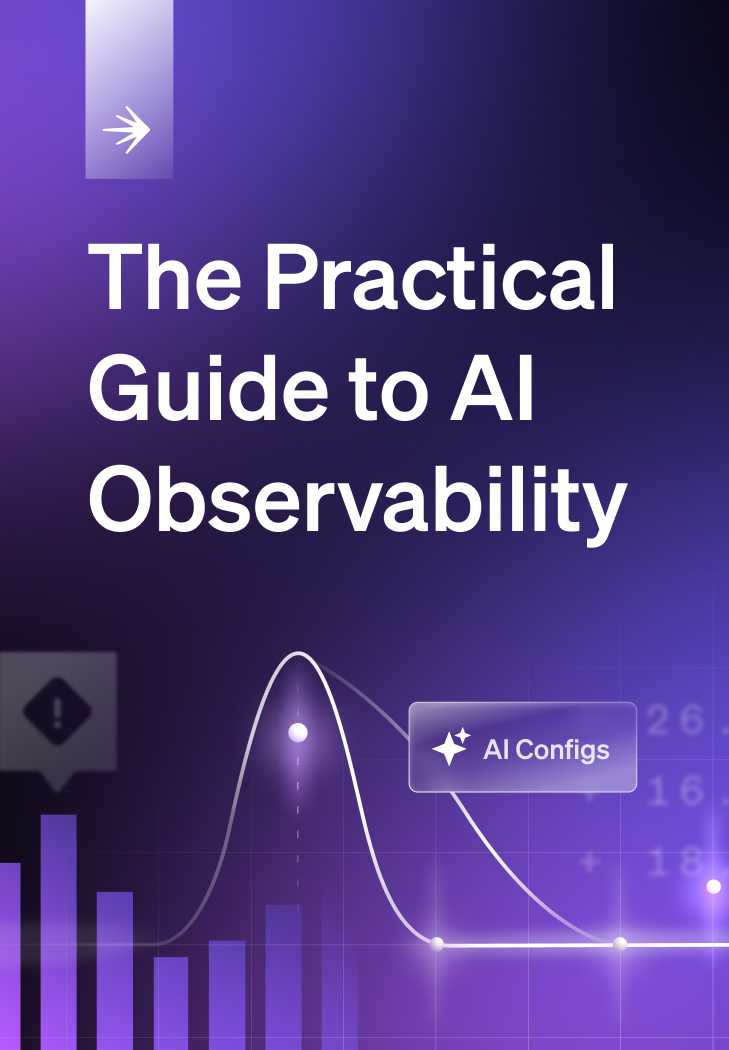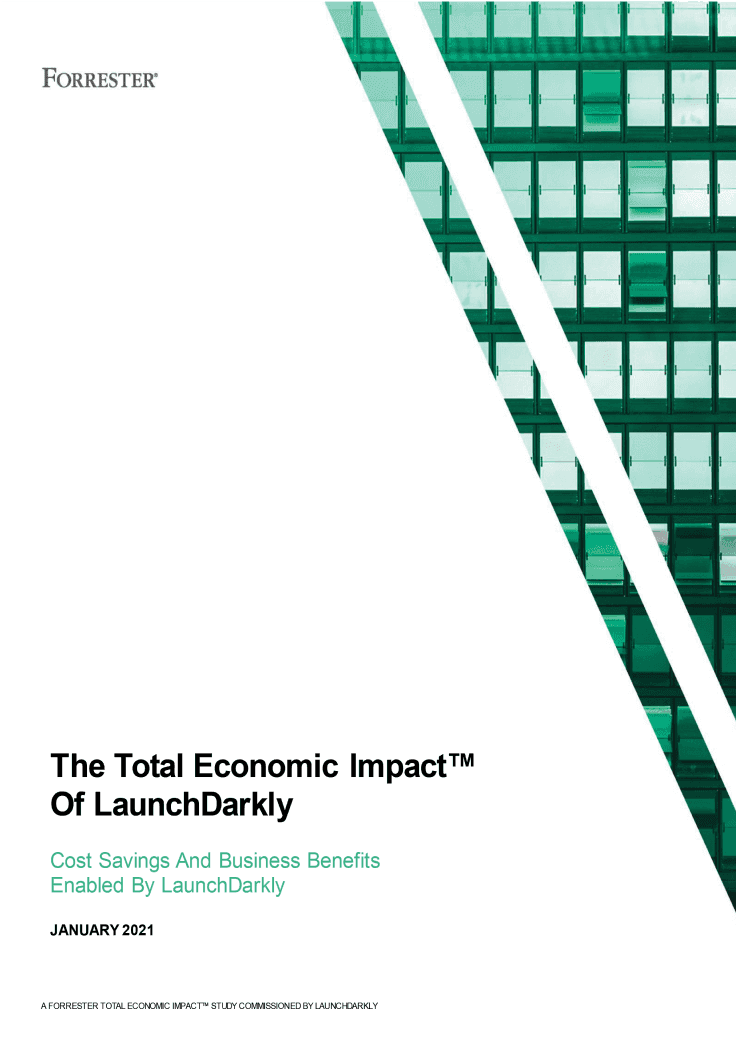A definitive guide to releasing your best software
Farewell to outages, midnight releases, and customer churn

The danger of homegrown systems
A homegrown feature flag system is like a structurally deficient bridge. It’s not whether it will collapse but when. And like a bridge, feature management supports critical infrastructure for your most important software applications.
Let’s look at app stability. With homegrown systems, when a feature causes a bug, you have to manually go into a configuration file to turn ‘off’ the buggy feature and then push that through your deployment pipeline—or worse, you have to perform a full application rollback in the middle of the night.
- With LaunchDarkly, you disable the feature in runtime. You flip a switch, and the change occurs instantly. That’s not to mention the automated remediation features LaunchDarkly offers.
Let’s look at release confidence and consistency. With homegrown, you often have different systems for your different platforms, programming languages, and business units—and they don’t talk to each other. This makes delivering consistent experiences quite difficult. Moreover, with homegrown, you often lack a way to perform gradual, targeted rollouts.
- With LaunchDarkly, you can use predefined, automated release pathways that streamline releases and guarantee platform consistency. And you get an audit log of every change made to your system, supporting regulatory compliance.
Let’s look at personalization. With homegrown, engineers have to write heaps of custom code and rewrite targeting logic over and over again. And in many cases, they’re really only enabling targeting based on basic attributes. Such an approach is extremely limiting and unscalable.
- With LaunchDarkly, you get an intuitive, state-of-the-art targeting engine that supports any targeting or personalization scenario you can imagine.
Let’s look at experimentation and A/B testing. Homegrown systems do not combine experimentation with feature flagging. Instead, you’re forced to either purchase and integrate yet another tool or forego experiments altogether.
- With LaunchDarkly, anyone—data scientists or otherwise—can run experiments and roll out the winning variations from those experiments in a single implementation on a large scale.
This doesn’t even address the architectural and security risks you face when maintaining a homegrown system. Nor does it cover the endless variable costs. To explore those topics, view Appendix 1.
Ultimately, the question of whether to build a homegrown feature management system boils down to this:
Do you want to keep dumping resources into fragile in-house systems or focus on delivering value to customers?
Only you know the answer.
Guides & Ebooks
See allSign up for our newsletter
Get tips and best practices on feature management, developing great AI apps, running smart experiments, and more.












